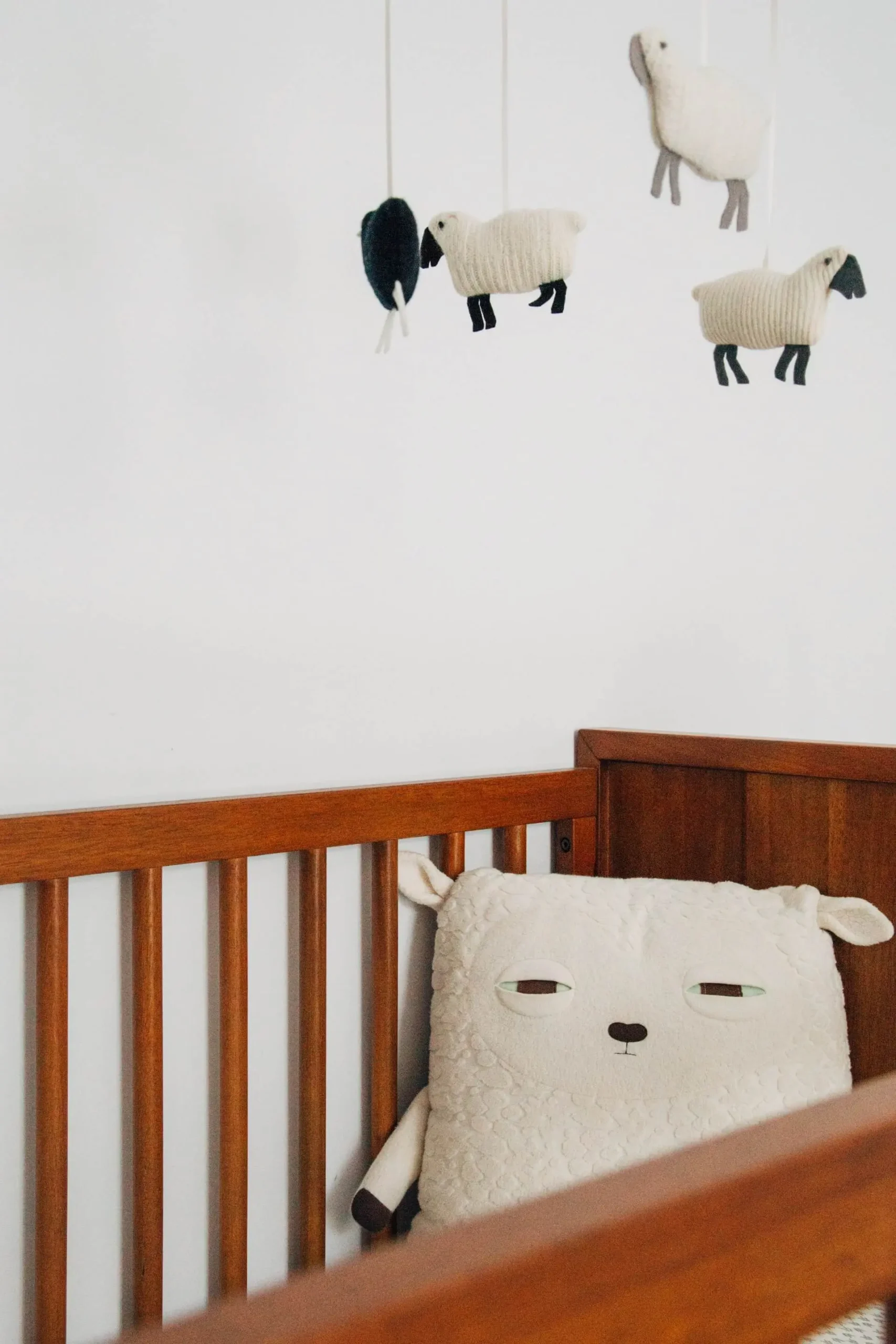Yes,Crib bumpers are considered illegal and unsafe in some places due to the potential risk of suffocation, entanglement, and Sudden Infant Death Syndrome (SIDS). Many organizations, including the American Academy of Pediatrics, advise against their use. Instead, it’s recommended to maintain a clear crib with a firm mattress, fitted sheet, and follow safe sleep practices to ensure your baby’s well-being.
Crib bumpers have generated discussions and worries about newborn safety in recent years. Many individuals question whether crib bumpers are illegal in certain regions and why.
This article seeks to clarify the legal standing of crib bumpers and investigate the rationale for any potential prohibition.
This essay will examine crib bumpers in depth and touch on several important points. We will explore why crib bumpers are still sold despite safety concerns. Additionally, we will examine the legal status of crib bumpers in the US and the reasons they pose a suffocation risk.
Are bumpers for cribs safe?
The safety of crib bumpers has been a subject of considerable debate in recent years. While some argue that crib bumpers provide cushioning and protect babies from injuries, others raise concerns about potential risks. However, it is important to note that several organizations, including the American Academy of Pediatrics (AAP), advise against using crib bumpers.
The possible risk of asphyxia, trapping, or strangling is one of the main issues with crib bumpers. Babies can get wedged between the bumper and the crib or become entangled in the ties, posing a serious hazard. Additionally, crib bumpers can restrict airflow, increasing the risk of sudden infant death syndrome (SIDS).
Many nations and states have taken action to restrict or outright prohibit the sale of crib bumpers in order to promote child safety. The reasons behind these measures are rooted in extensive research and the commitment to reduce sleep-related infant deaths.
Why are crib bumpers still available?
Despite growing concerns about infant safety, crib bumpers are sold in some regions. The persistence of crib bumper availability can be attributed to several factors.
Firstly, there is a demand from parents who believe that bumpers enhance the aesthetic appeal of the crib and create a cozy environment for their babies. Additionally, manufacturers continue to produce and sell crib bumpers to meet this demand and generate profits.
Another reason for the continued sale of crib bumpers is the need for a unified legal stance. While some jurisdictions have implemented bans or regulations on crib bumpers due to safety concerns, others have yet to take such measures. This inconsistency in regulations allows for the continued sale of crib bumpers in certain areas.
Are Crib Bumpers Illegal in the US?
The legal status of crib bumpers in the United States varies across different jurisdictions. While crib bumpers are not universally banned at the federal level, several states have implemented restrictions or outright bans on their sale and use. For example, as of my knowledge, the cutoff in September 2021 states of Maryland and Ohio have prohibited the sale of crib bumpers.
The decision to ban crib bumpers in certain states stems from concerns about infant safety. Numerous studies have highlighted the potential risks of suffocation, entrapment, and strangulation associated with crib bumpers. Organizations such as the American Academy of Pediatrics strongly advise against their use.
Why do Crib Bumpers Pose a Suffocation Risk?
Crib bumpers pose a significant suffocation risk to infants due to several factors. One of the main concerns is the potential for a baby’s face to become trapped against the bumper, leading to restricted airflow. This can occur when a baby rolls or moves close to the bumper during sleep.
Another risk is the possibility of a baby’s body or limbs becoming entangled in the bumper ties or padding, resulting in strangulation or injury. Additionally, crib bumpers can increase the likelihood of overheating by restricting air circulation within the crib.
States that have banned crib bumpers
Several states have taken proactive measures to protect infants by implementing bans or restrictions on crib bumpers. For instance, as of my knowledge cutoff in September 2021, states such as Maryland, Ohio, and New York have banned the sale of crib bumpers. These states recognize the potential dangers of crib bumpers, including suffocation and entanglement risks.
State to state differences may exist in the precise laws and scope of the prohibitions. Some states have completely prohibited the sale and use of crib bumpers, while others have imposed restrictions or required warning labels.
Parents and caregivers need to familiarize themselves with the laws and regulations governing crib bumpers in their respective states to ensure their infants’ compliance and safety.
Crib Safety Guidelines and Alternatives to Crib Bumpers
Ensuring crib safety is of utmost importance to protect infants during sleep. Instead of using crib bumpers, parents can follow specific guidelines to create a safe sleep environment.
Firstly, choosing a crib that meets safety standards, with slats spaced appropriately to prevent entrapment, is crucial.Secondly, the mattress should be firm and fit snugly within the crib without any gaps.
To encourage healthy sleep, keep blankets, pillows, and stuffed animals out of the cot. Instead, dress the baby in appropriate sleepwear to keep them warm. Additionally, consider using sleep sacks or wearable blankets as a safe alternative to loose bedding.
Conclusion
In conclusion, crib bumpers present serious suffocation and entrapment risks to young children. Many states have recognized these risks and enacted prohibitions or limits. In order to safeguard their children while they sleep, parents must prioritize crib safety by following rules, removing potential dangers, and using safe alternatives.


